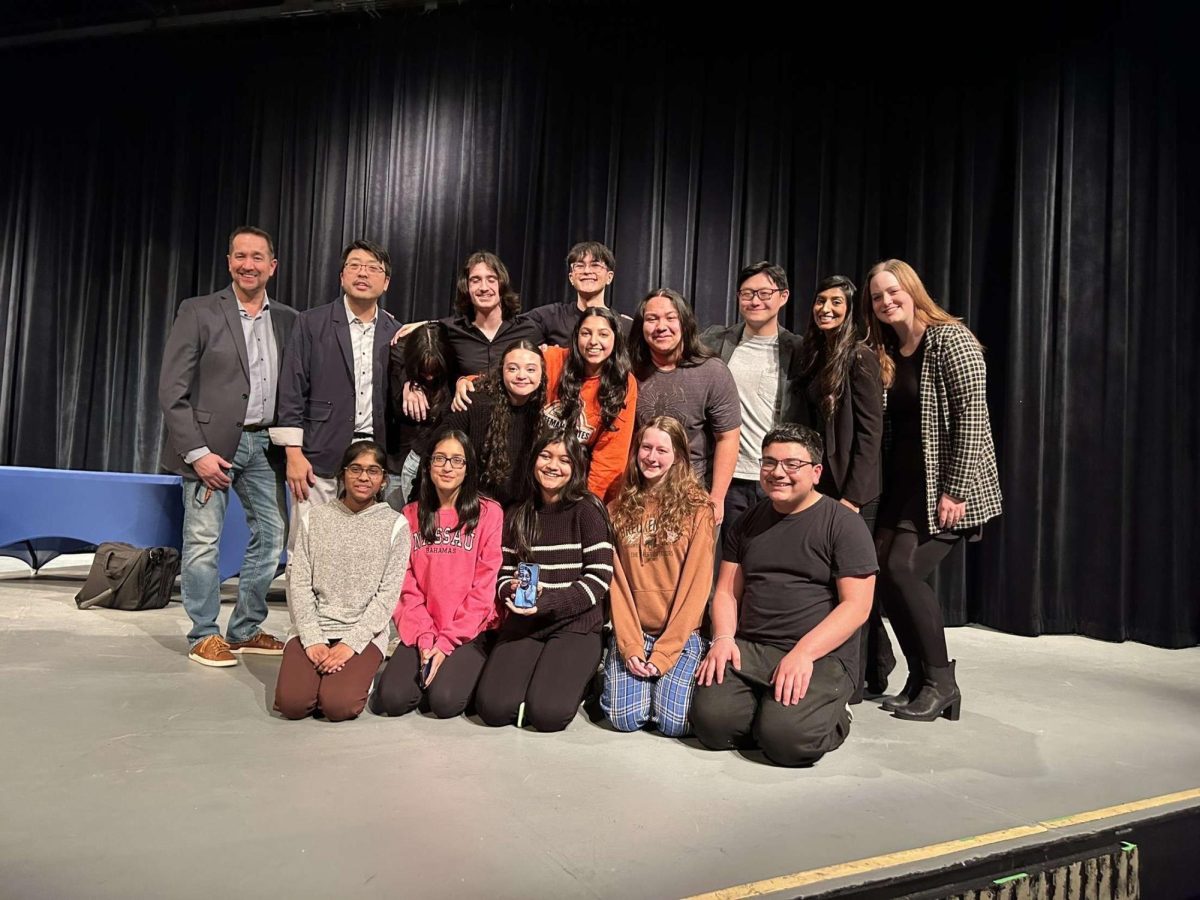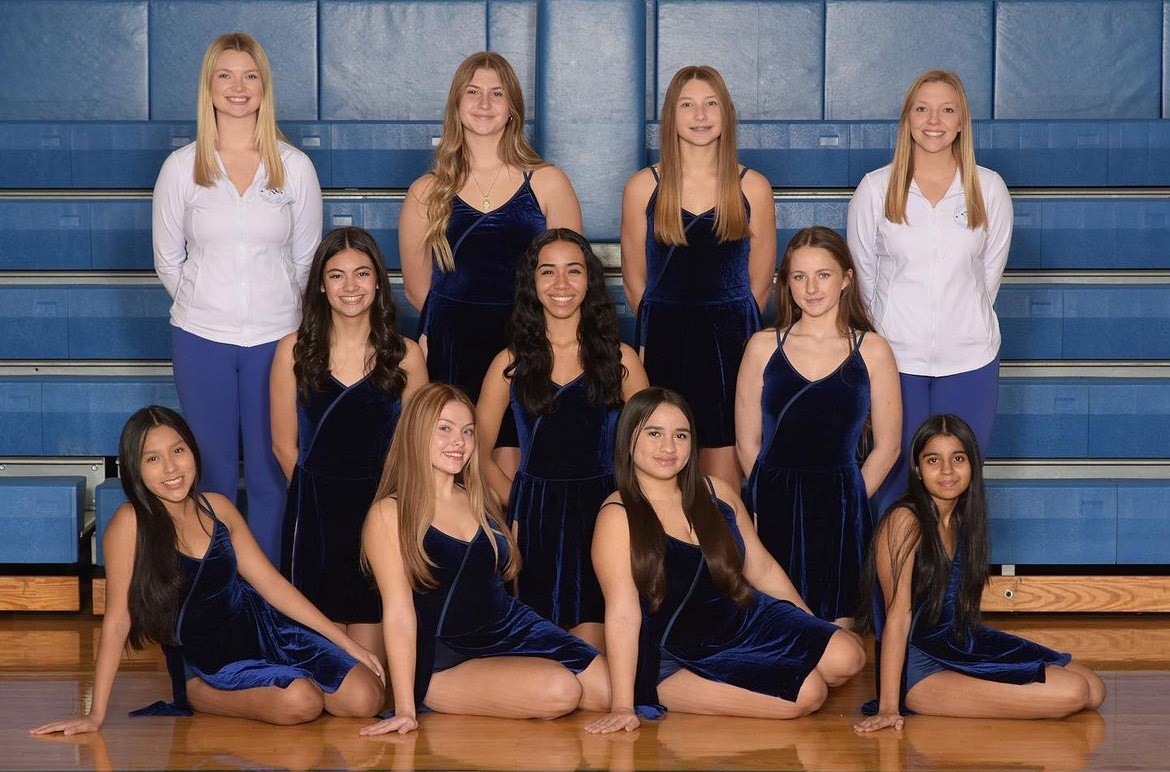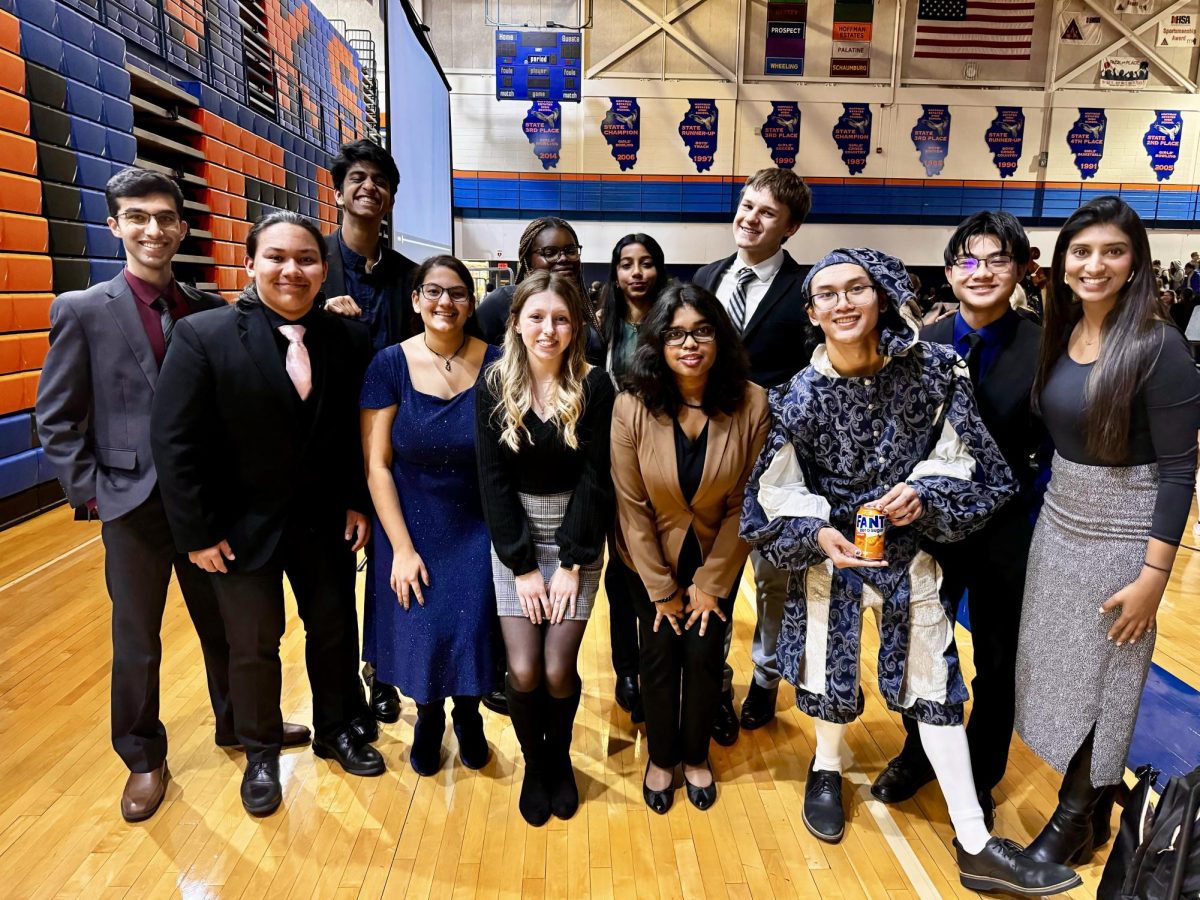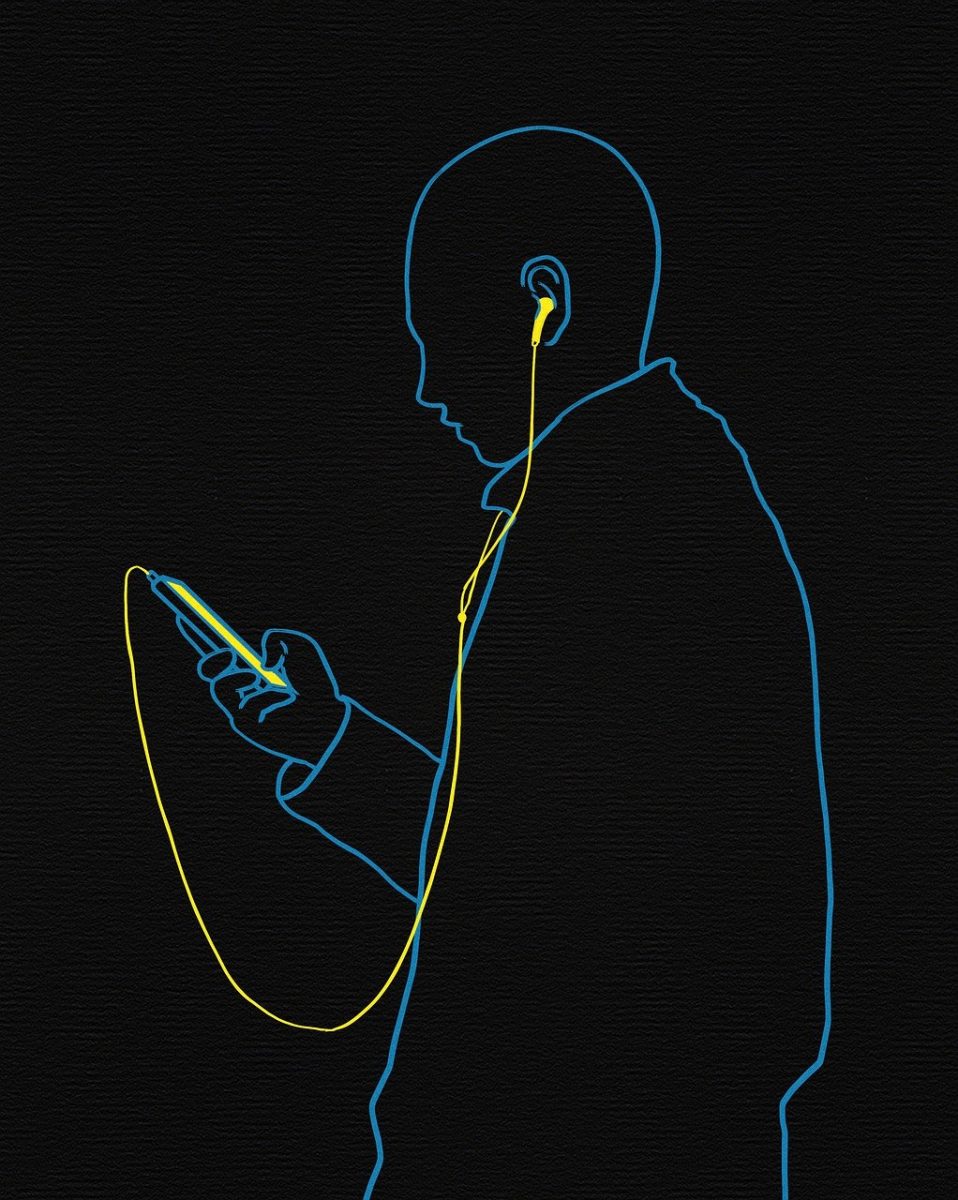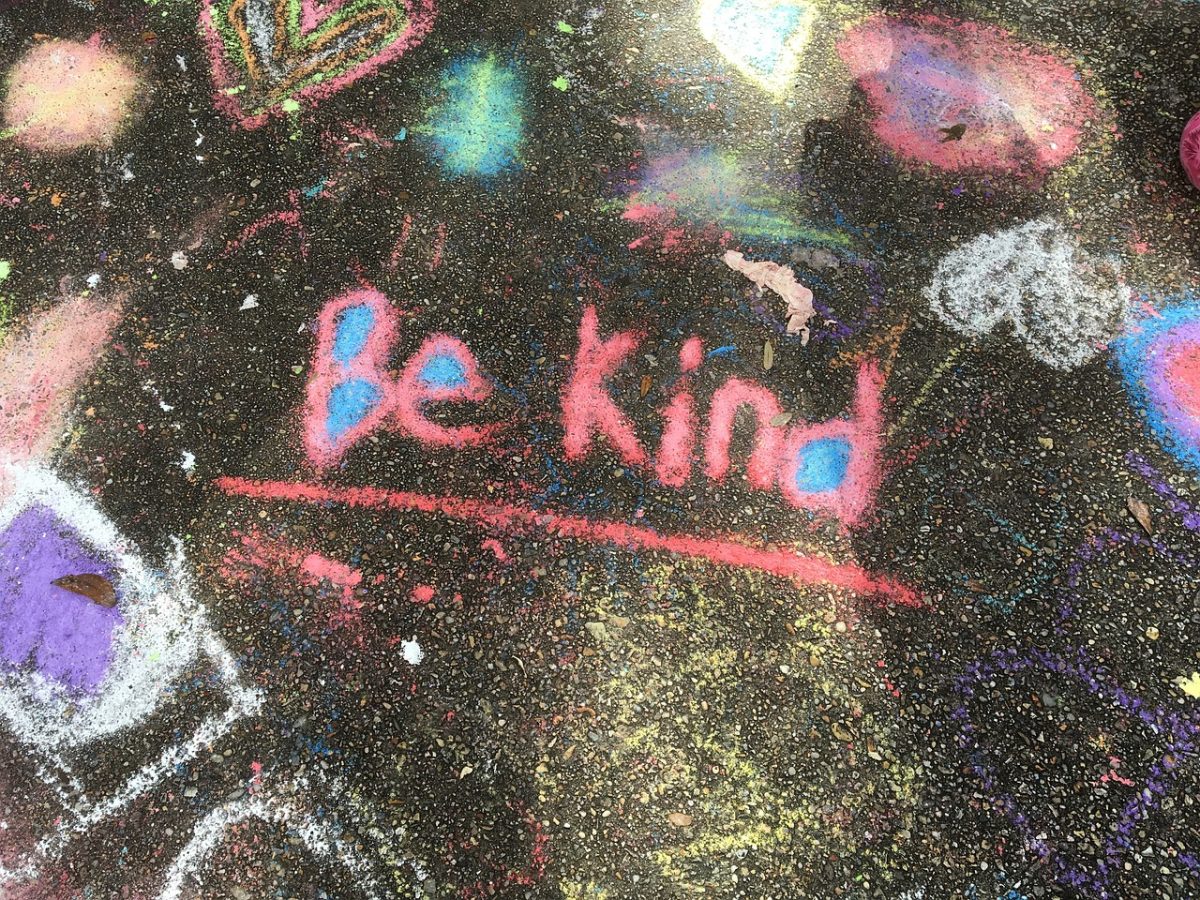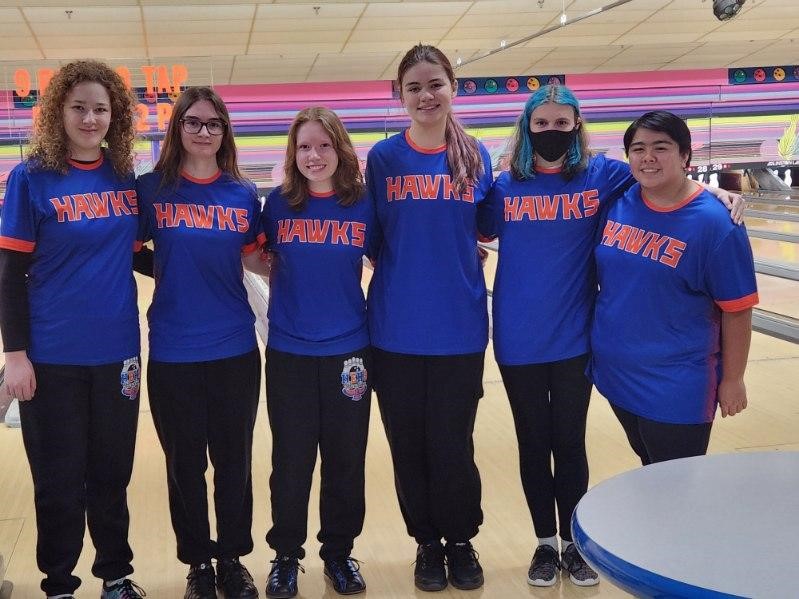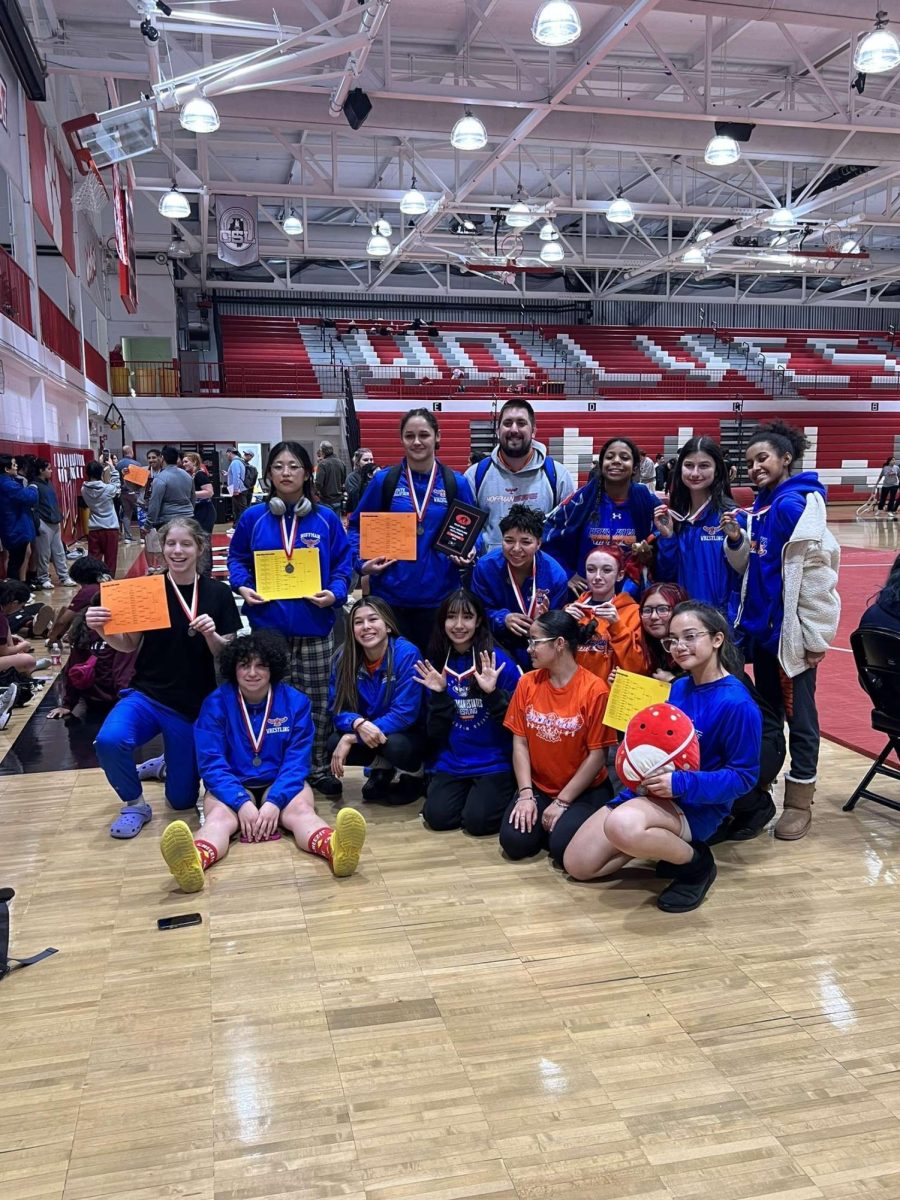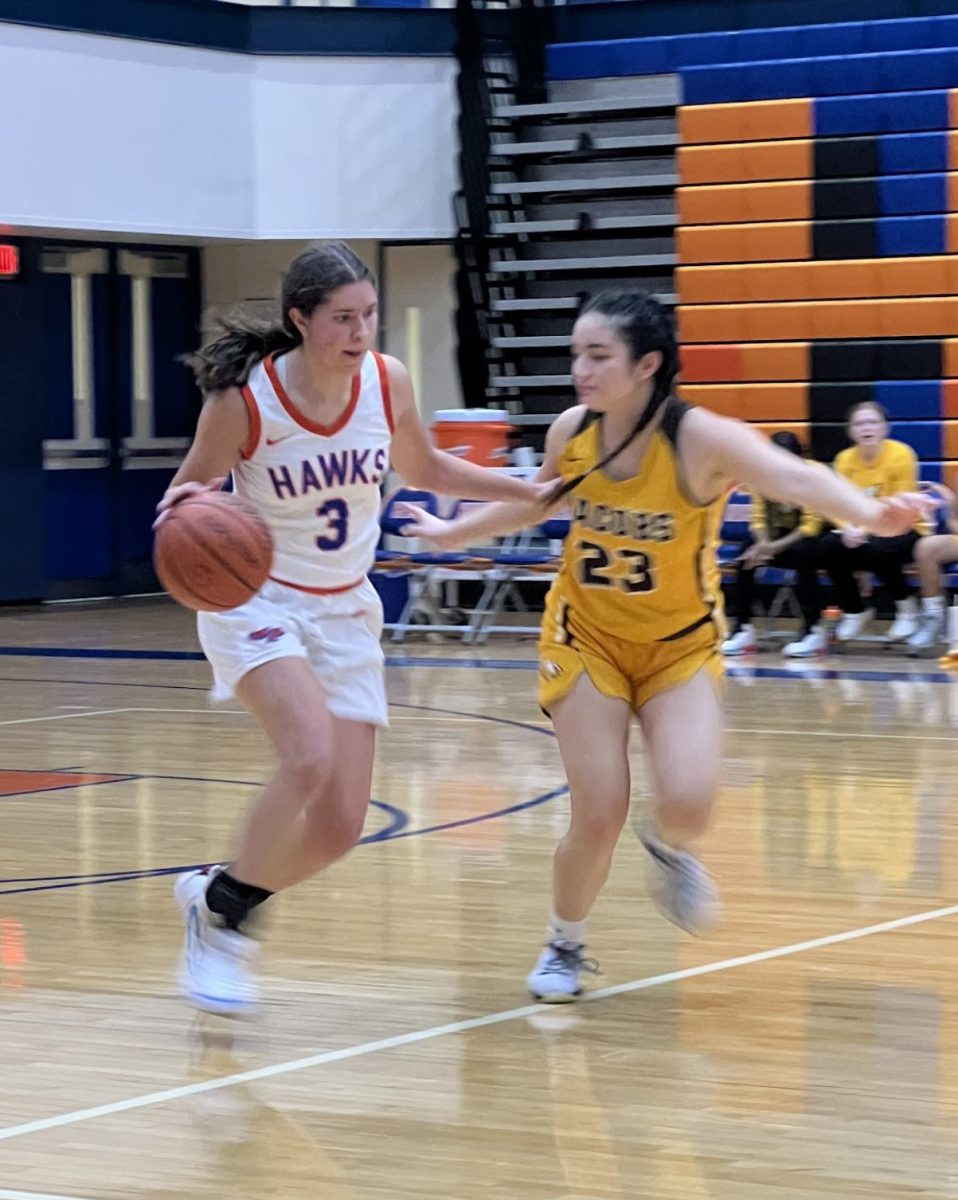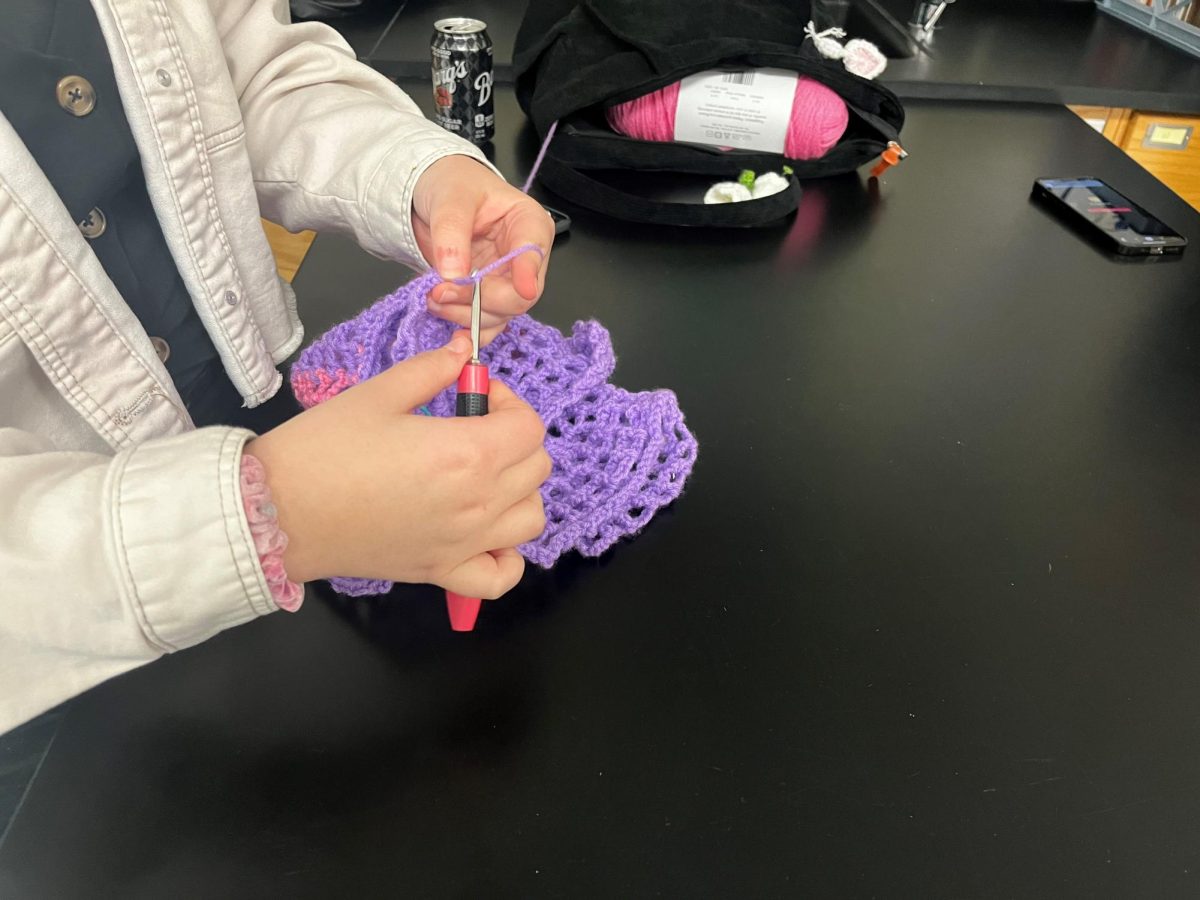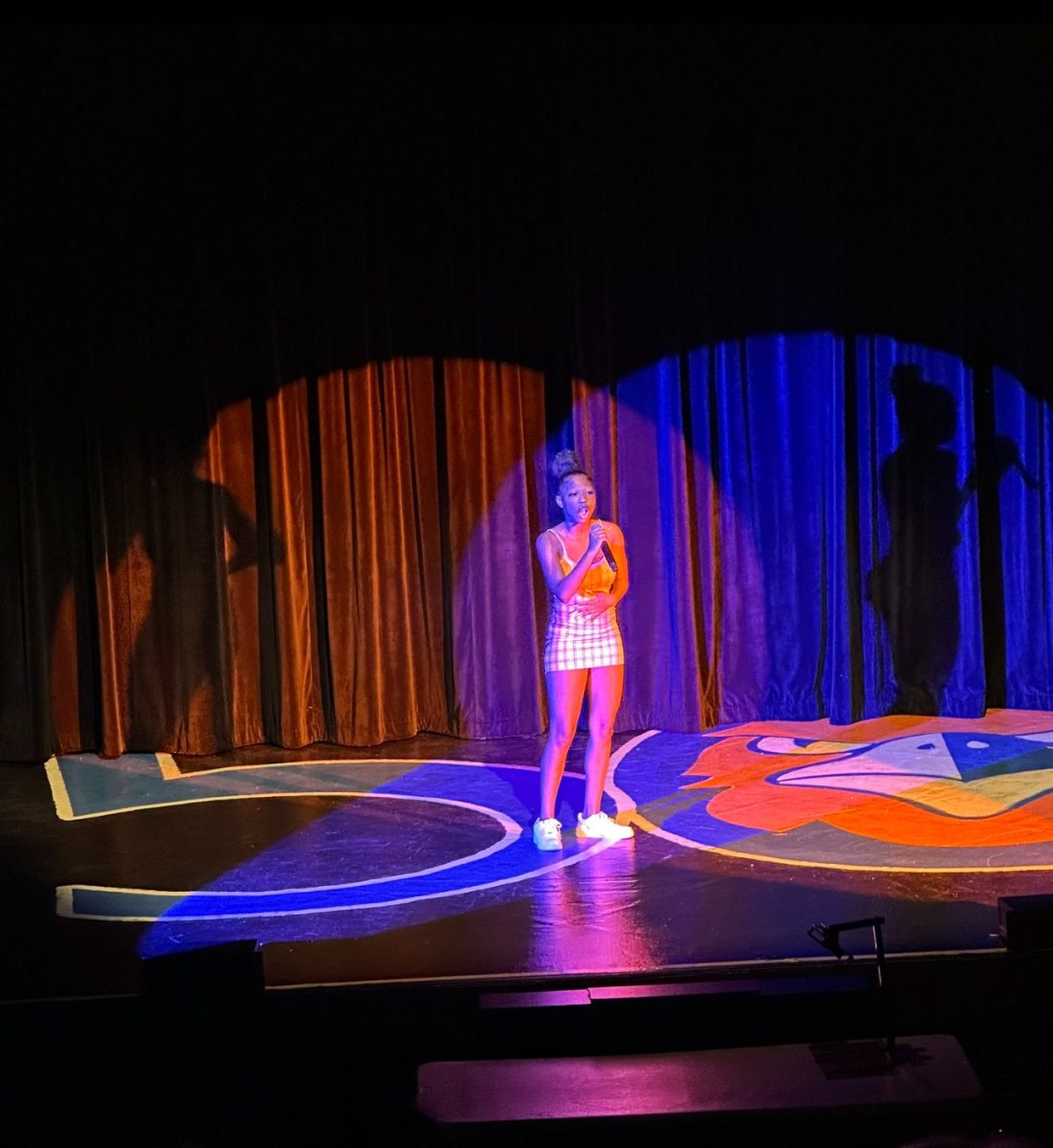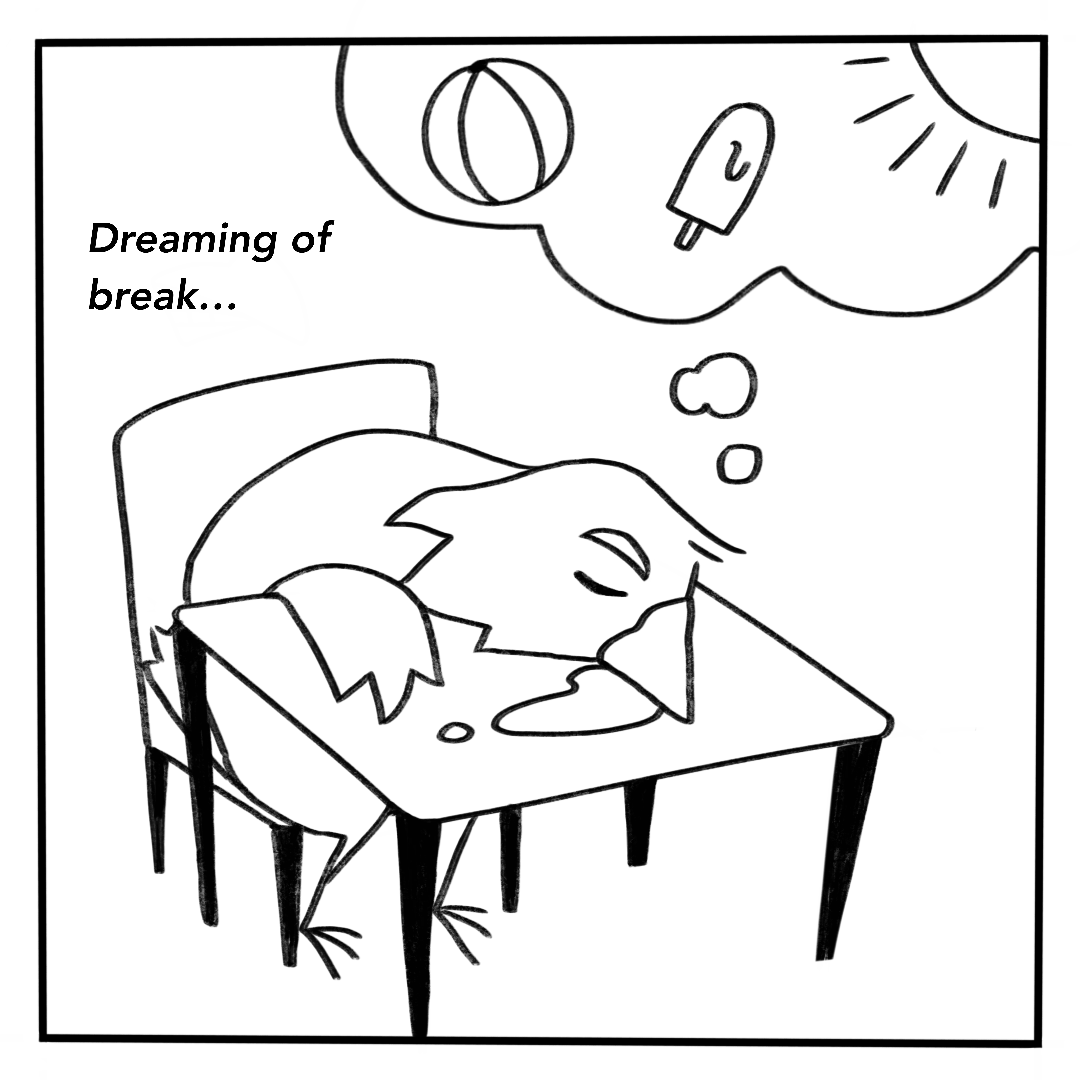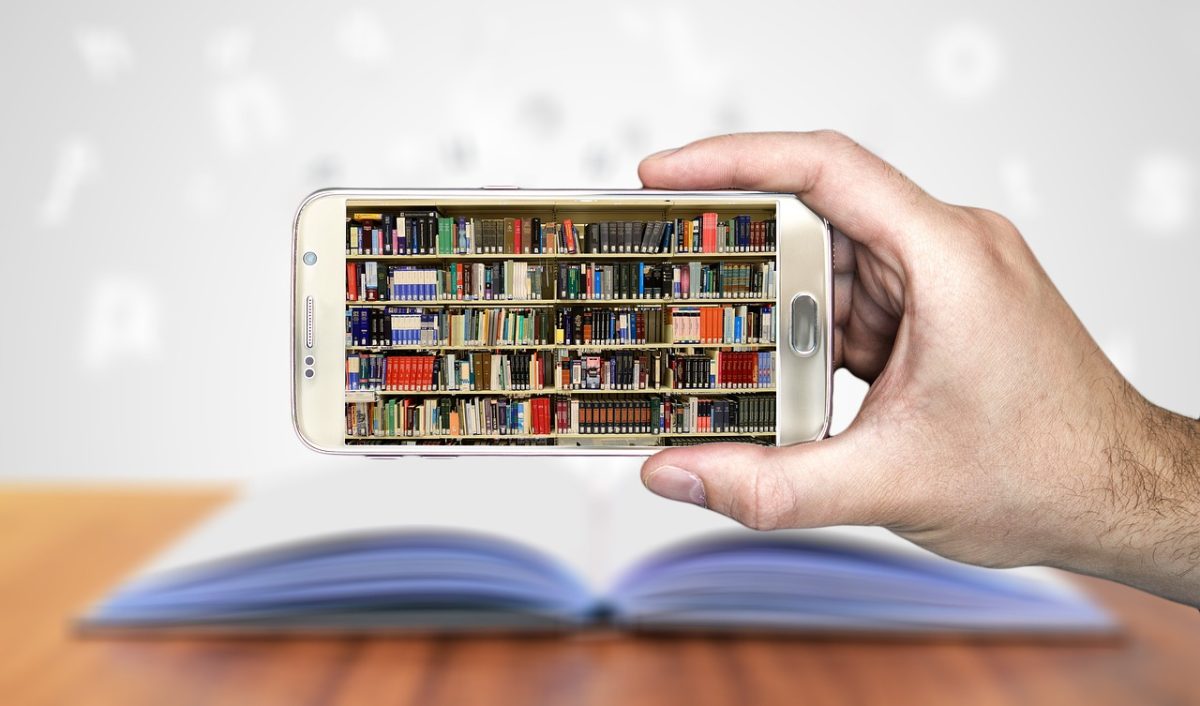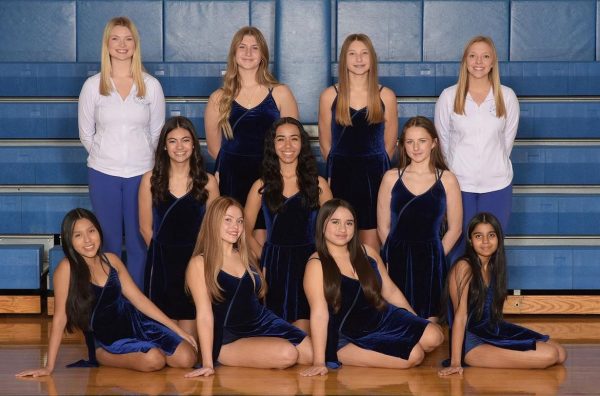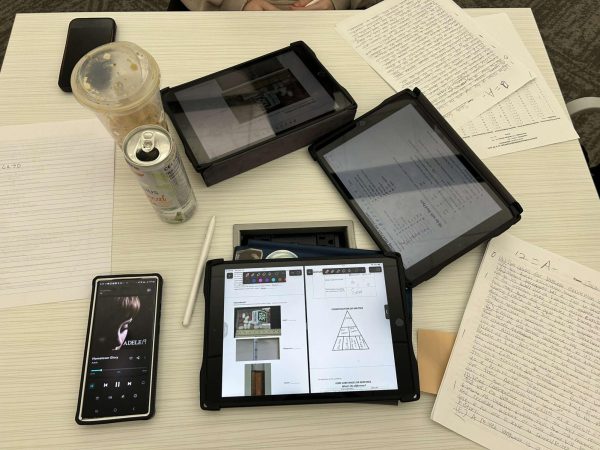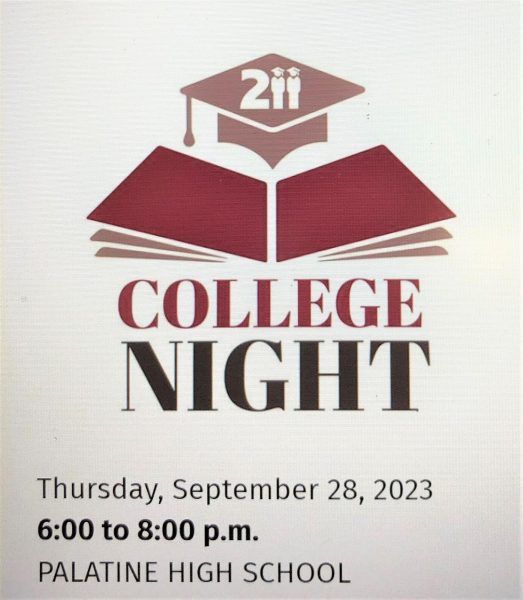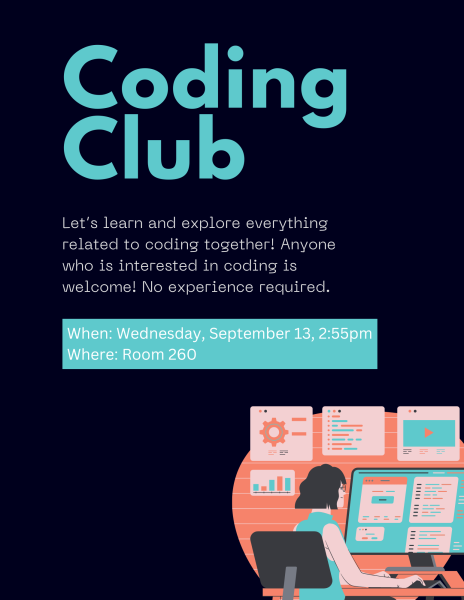iPads: the good, the bad, the ugly
October 5, 2014
Technologies, such as iPads, have become a part of us now and they are guiding us through our learning experience, but they often are met with challenges. More and more schools are purchasing iPads for their students. It has the potential to change the business of learning.
Kristy LeVanti, Science Department and a member of the One-to-One program said using iPads in the classroom can be a learning curve, but that with time students and teachers get a better handle on how to incorporate them.
“I like the iPads a lot and it has been a positive experience for me,” she said. “I know more about it since it’s my second year using iPads in class. I can walk around and see what students are doing while projecting my iPad on the screen.”
iPads weren’t originally designed to be used in classroom. It was built for personal use. But this recent discovery has led to the invention of new applications and software in order to make an effective use of iPads in classrooms. In fact, students with iPads have just as much access to knowledge as the teacher.
Teachers are no longer required to be the sole contributors of the content. This is truly a paradigm shift in how teachers socialize with students who are learning. iPads are also contributing to an increase in knowledge because of the access to so many resources. The future is going to require an ample amount of experience with technology, so iPads in the classroom is just another way to prepare us for that.
English Teacher Megan Harlan, like many teachers and even some students, wouldn’t mind going back to old paper for certain tasks. iPads in the classroom are truly causing educators and learners to open up to technological alternatives.
“The games and the glory of iPads will soon [wear off] on and students will make great strives in education.” When students use iPads to play games in class, Mrs. Harlan takes them more on a “guilt trip” by talking about character and telling them that they are missing out on a great opportunity compared to other students.
iPads do offer us all opportunitites for new ways of learning and communicating. The iPad is self-intuitive; it’s easy to send files through different applications and it’s easier for students to communicate with the members of the group. The iPad has the ability to research quickly and efficiently. It has the ability to use with other devices in the classroom such as the projector, Apple TV, smartphones, computers and other devices. iPads are user-friendly for students with disabilities and are a great way to explore videos and podcasts.
“I like the iPad because I can take notes more efficiently on Notability and store them, but I don’t like doing MathxL on the iPad because it crashes a lot,” said Areeba Ali (’17).
While the advantages are many, there are some disadvantages. The multitude of information and access to social networking tools does have many students struggling to stay focused on schoolwork. Additionally, the availability of e-textbooks is still developing, so big textbooks are not necessarily a thing of the past. Lastly, the durability of the iPad is doubtful; if it is dropped or damaged in other ways, the repair cost is expensive. Take care of that pricey school property!

